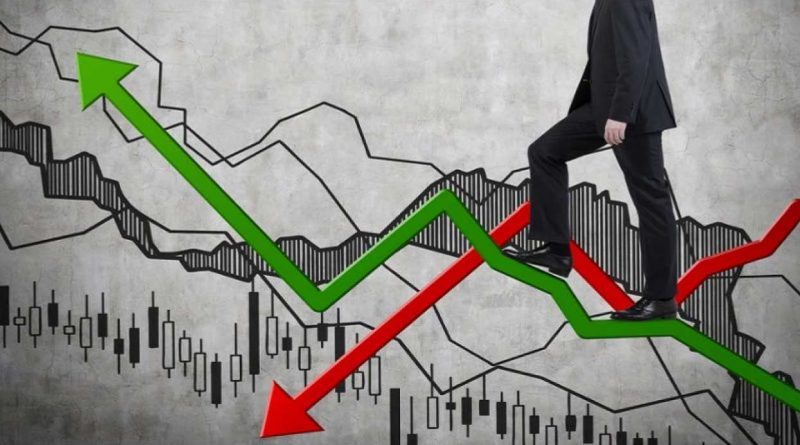How do you invest in times of recession
Making investment decisions based on accurate economic and business profit projections should still work. Here’s what Morgan Stanley’s Lisa Shalett, CIO, Wealth Management, has to say about it.
In the face of a rapid and abrupt economic slump, especially if it is prompted by a worldwide health crisis, it is difficult to be unambiguous. It is up to market analysts, however, to examine chaotic circumstances and discover ways to bring order to them. We can assist investors in developing strategies to preserve their portfolios while also allowing them to prosper as a new business cycle arises.
The winners and losers in the next business cycle are likely to be different from those who emerged during the 11-year period that ended suddenly in March. I anticipate equities market leadership to transition away from consumer-oriented tech giants, which have dominated the markets, and toward sectors like healthcare, banking, and industrial, which will gain as interest rates fall. Inflation will rise, and capital investments will rebound, as is natural.
It’s not too early to start raising your equity position, but I recommend doing it in a systematic manner, such as investing a portion of your monthly income in actively managed funds that seek to identify stocks that would succeed in the new climate. Volatility is anticipated to continue in the coming weeks. Morgan Stanley’s predictions, which support my guidance, are as follows:
Recession was severe, although only for a short time
The recession, we believe, began in mid-March. The economy isn’t officially in a recession until it has contracted for two consecutive quarters, but it’s evident when it began. The second quarter would most likely be the most crucial; in the United States, unemployment might double to 12.5 percent, and GDP could collapse by 30 percent. It would be the largest quarterly drop ever. Economic activity is likely to restart in the third quarter, and growth might resume at a rate of nearly 3% year-over-year in the fourth quarter.
For such a drastic downsize, this would be a remarkable turnaround. The US economy might decline in one to three quarters, a process that ordinarily takes 18 months to two years. This isn’t to suggest there won’t be hardships; many businesses will fail. In the long run, however, a continuation of the business cycle that results in new market leaders can be beneficial to the economy and investors.
We anticipate that corporate earnings will mirror the economic downturn, but will be even worse. Mike Wilson, Morgan Stanley’s Chief US Equity Strategist, estimates that the average earnings of the businesses that make up the S&P 500’s broad market benchmark might fall by 40% to 50% in the second quarter and up to 20% for the full year. Indeed, Wall Street experts are continuing to slash their earnings forecasts in unprecedented ways.
From our current vantage point, the recovery estimates for the second half of the year may appear optimistic. However, we believe they are cautious due to the Federal Reserve’s and Congress’s significant monetary and fiscal policy responses, respectively. The $ 2 trillion economic assistance plan enacted last Friday equals to nearly 10% of yearly GDP in the United States, and help might reach 20% of GDP if Federal Reserve programs are factored in. For the 2008 financial crisis, double the bailout package.
Other Reasons for Hope: Unlike prior recessions, the American consumer came out of this one reasonably healthy and debt-free. In addition, the housing market appeared to be on the mend. We believe our projections for economic growth to pick up in the second half of the year are feasible if the pain inflicted over the next few months does not translate to prolonged consumer worry. Because markets trade future expectations, now is a good time for investors to start setting their portfolios.
